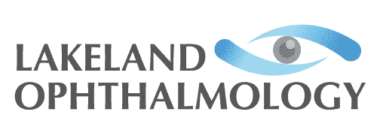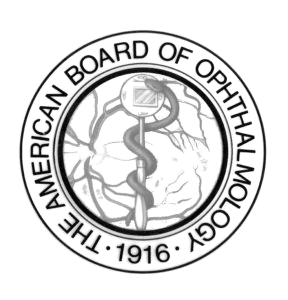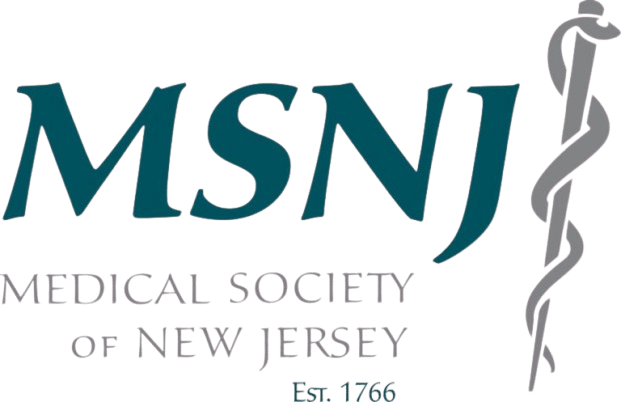A cataract is a common condition that causes a clouding of the eye’s natural lens, and affects millions of people each year, including more than half of all Americans over the age of 65. Cloudiness develops as a result of a buildup of protein in the lens.
Cataracts cause a progressive, painless loss of vision. The lens clouds naturally as people age, causing them to see a gradual reduction of vision. Cataracts are typically considered part of the natural aging process. Other causes of cataracts include injury, certain medications (such as steroids), illnesses (such as diabetes), prolonged exposure to ultraviolet light, and smoking.
Prior to cataract surgery, any dry eye present can be treated with either Punctal Plugs or TearCare.

Diagnosing Cataracts
The doctor may perform a series of tests, including a brightness acuity test (BAT), in order to diagnose a cataract. Vision will be tested, and a dilated eye exam will be performed to examine the condition of the lens and other parts of the eye. The doctor may also perform tonometry, a procedure that measures the pressure in the eye.
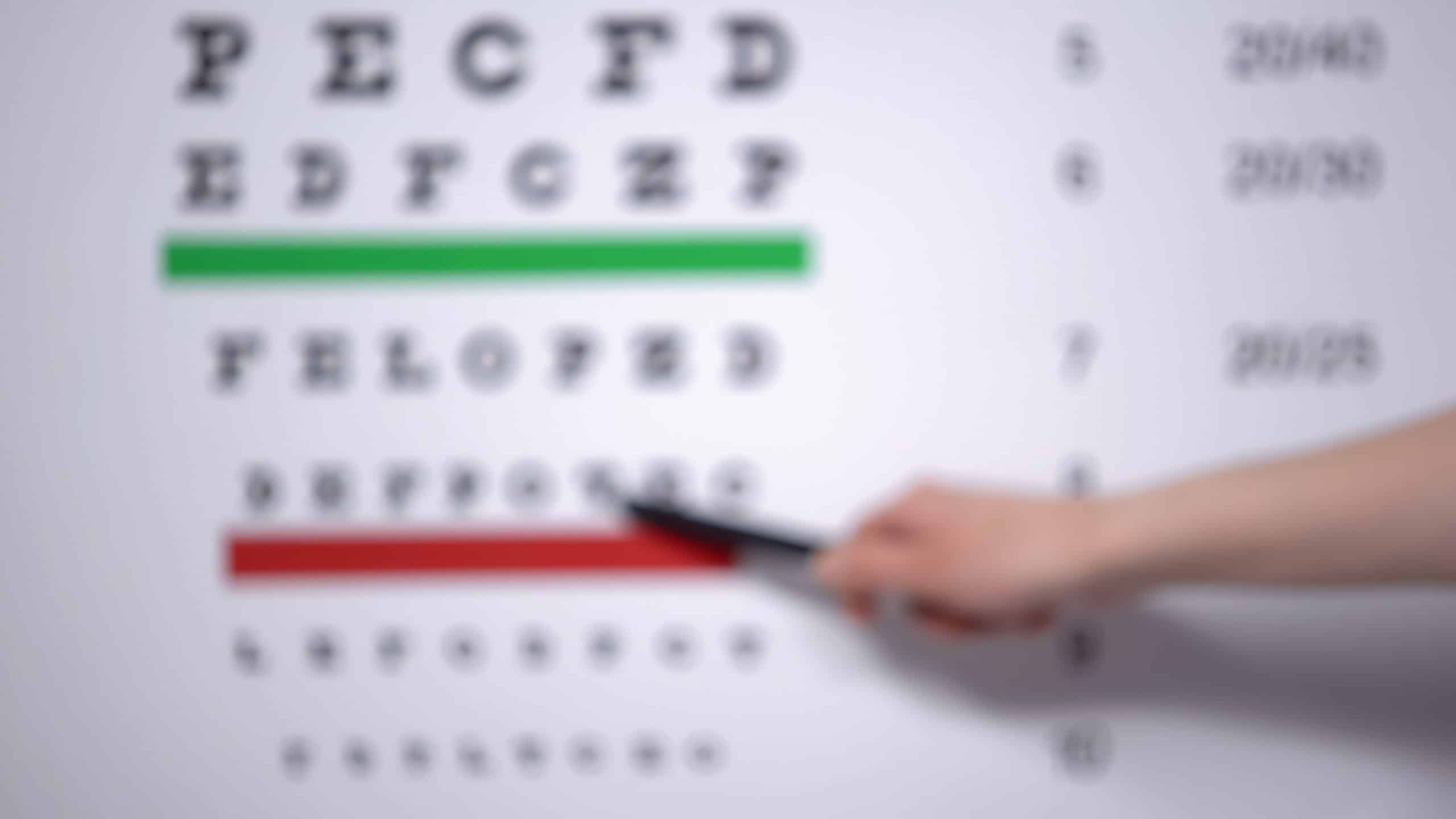
Symptoms Of Cataracts
Patients with cataracts often do not experience any symptoms at first. As cataracts progress, patients may experience:
- Blurred or hazy vision
- Double vision
- Poor vision in bright light
- Seeing halos around lights
- Poor vision at night
- Yellowish tinged vision
- Frequent changes in eyeglasses or contact lens prescriptions

Patients often complain of difficulty with the following:
- Night driving – especially with oncoming headlights
- Using a computer (especially spreadsheets) or tablet
- Reading a newspaper
- Seeing small print on a phone – checking texts and emails
- Reading print on the TV – sports scores and subtitles
- Seeing the cable box – trouble seeing the time and channel
- Reading fine print – expiration dates and medication labels

Treatment Of Cataracts
Laser cataract surgery is a minimally invasive procedure. No injections or needles are used. Numbing drops and mild intravenous sedation are used.
LenSx Laser
First, the laser is used to soften the cataract.
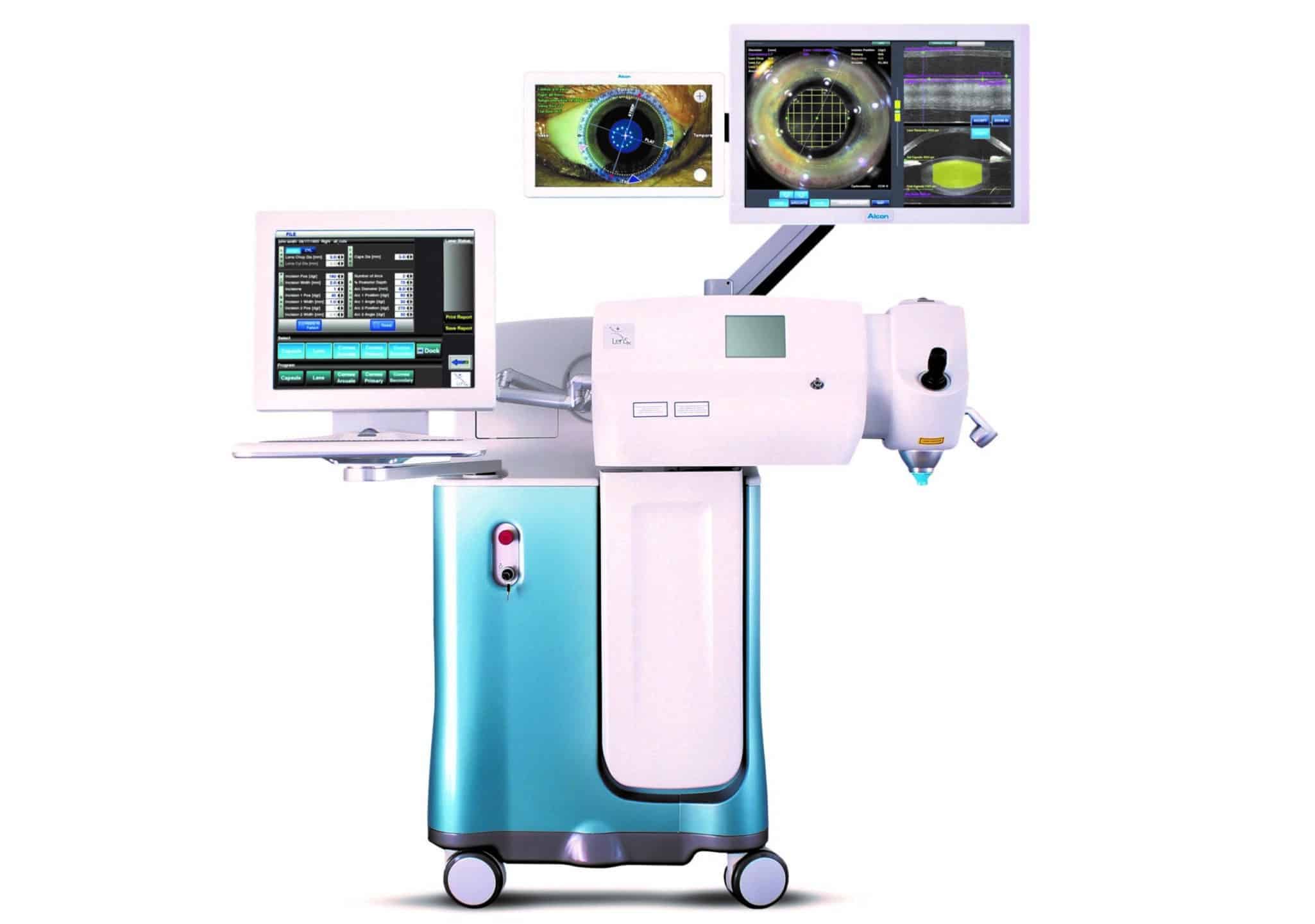
Centurion Cataract Ultrasound
After this step, the cataract is broken up by a tiny ultrasound that is placed in the eye through a microscopic incision. Next, the cataract is vacuumed out of the eye through a tiny tube.
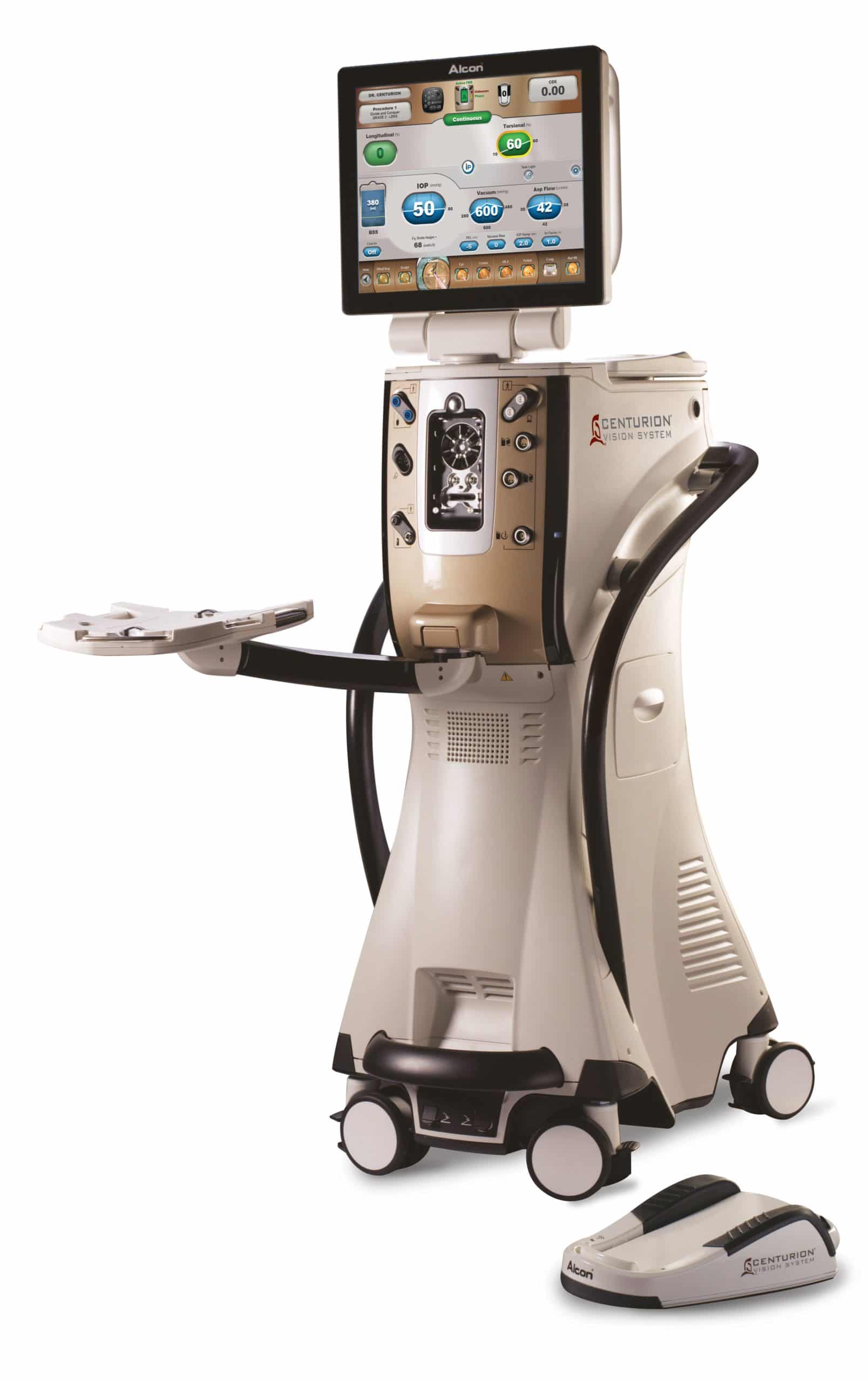
ORA System
Once the cloudy lens has been removed, the ORA System is used to optimize lens implant selection.
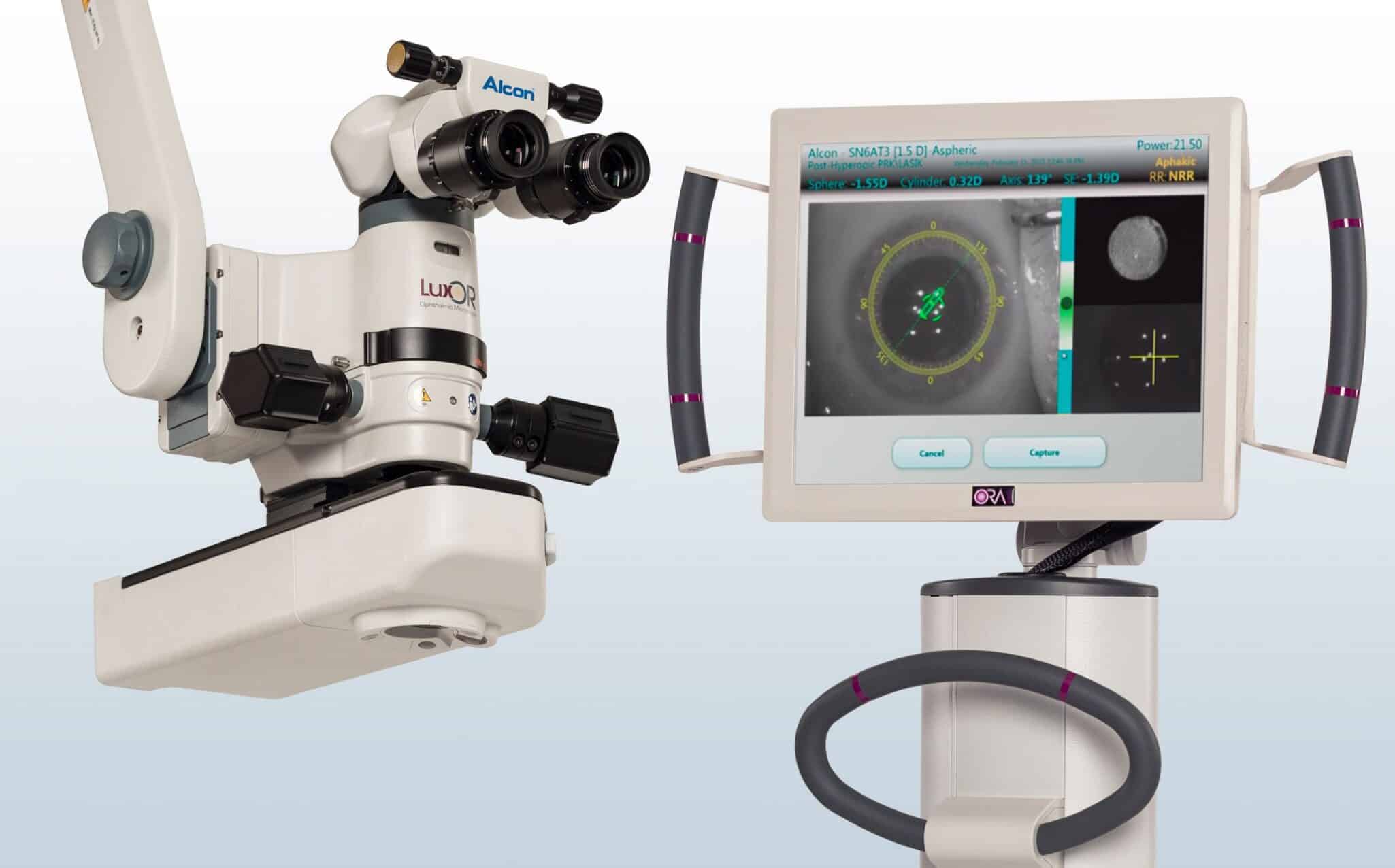
PanOptix IOL
Next, the new arcylic lens (IOL) is folded up like a taco, and placed into the eye through another tiny tube. Once the new IOL is inside the eye it is unfolded and placed in the precise correct position.
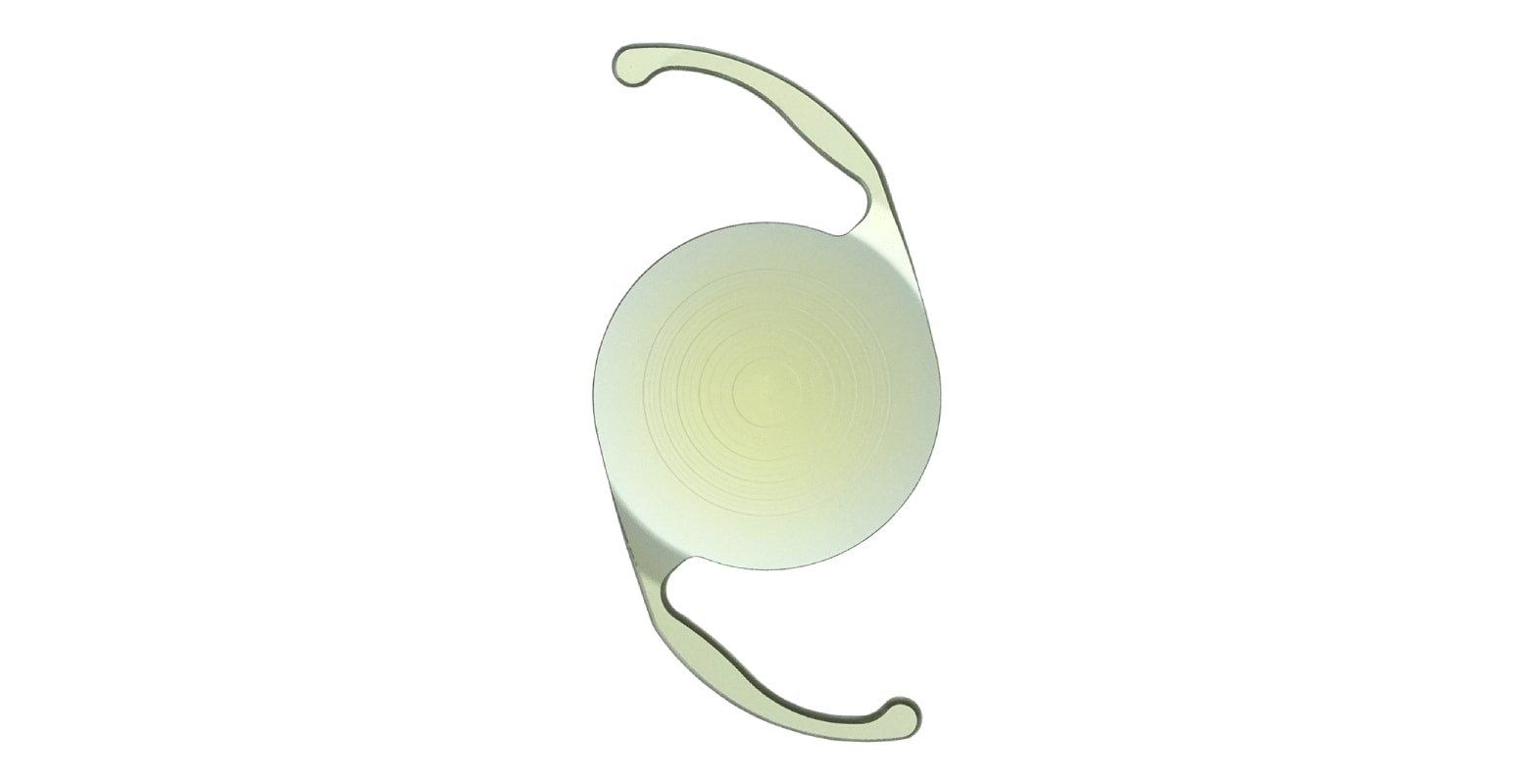
Surgery usually takes only a few minutes to perform and is painless for most patients. After the procedure, a clear plastic shield is placed over the eye. Patients return home shortly after the procedure. The eye can feel scratchy immediately after the procedure, and it is normal to be a bit light sensitive in the initial post-operative period. Dr. Hirschfeld will prescribe eye drops to help the healing process and to reduce the risk of infection.
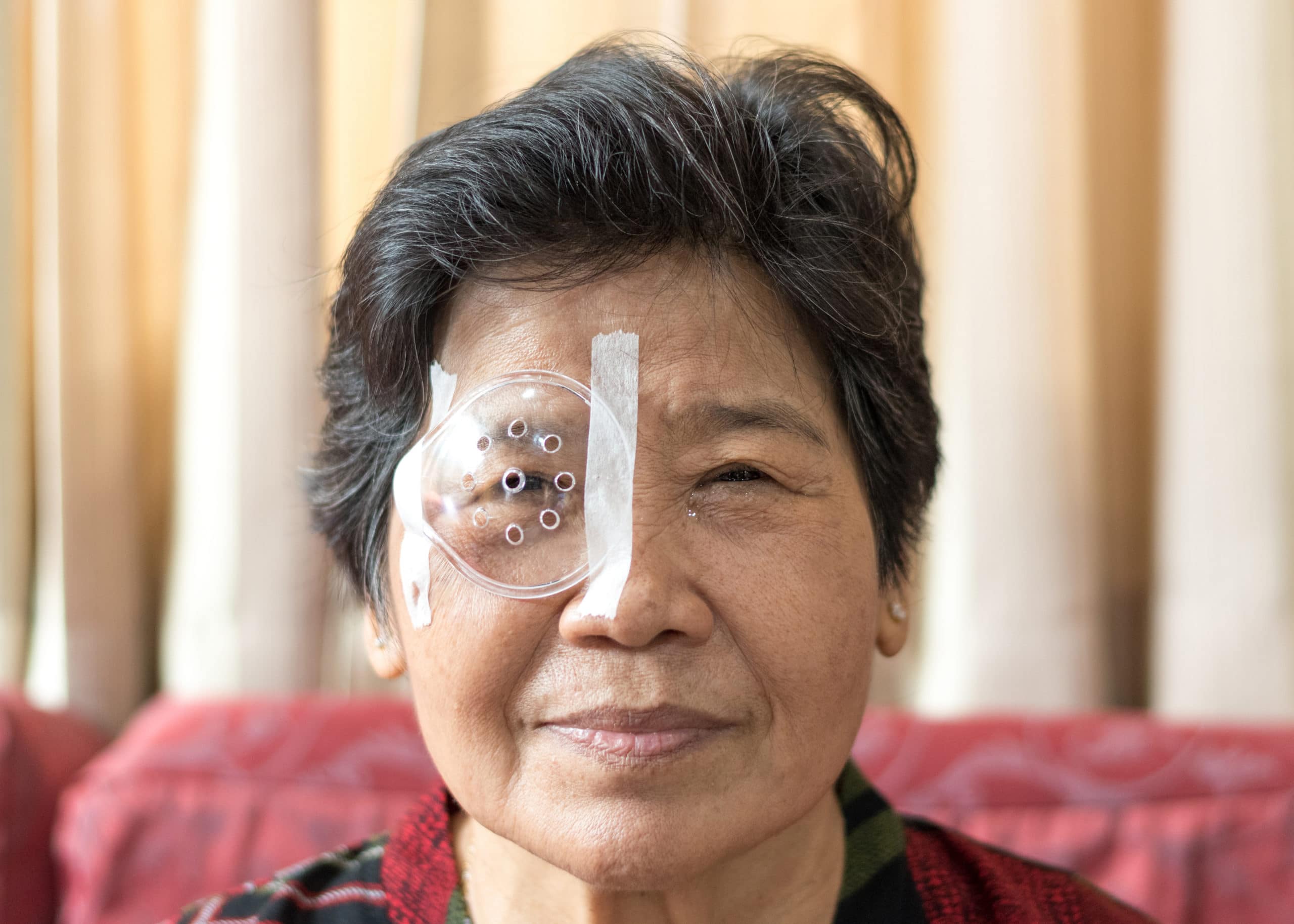
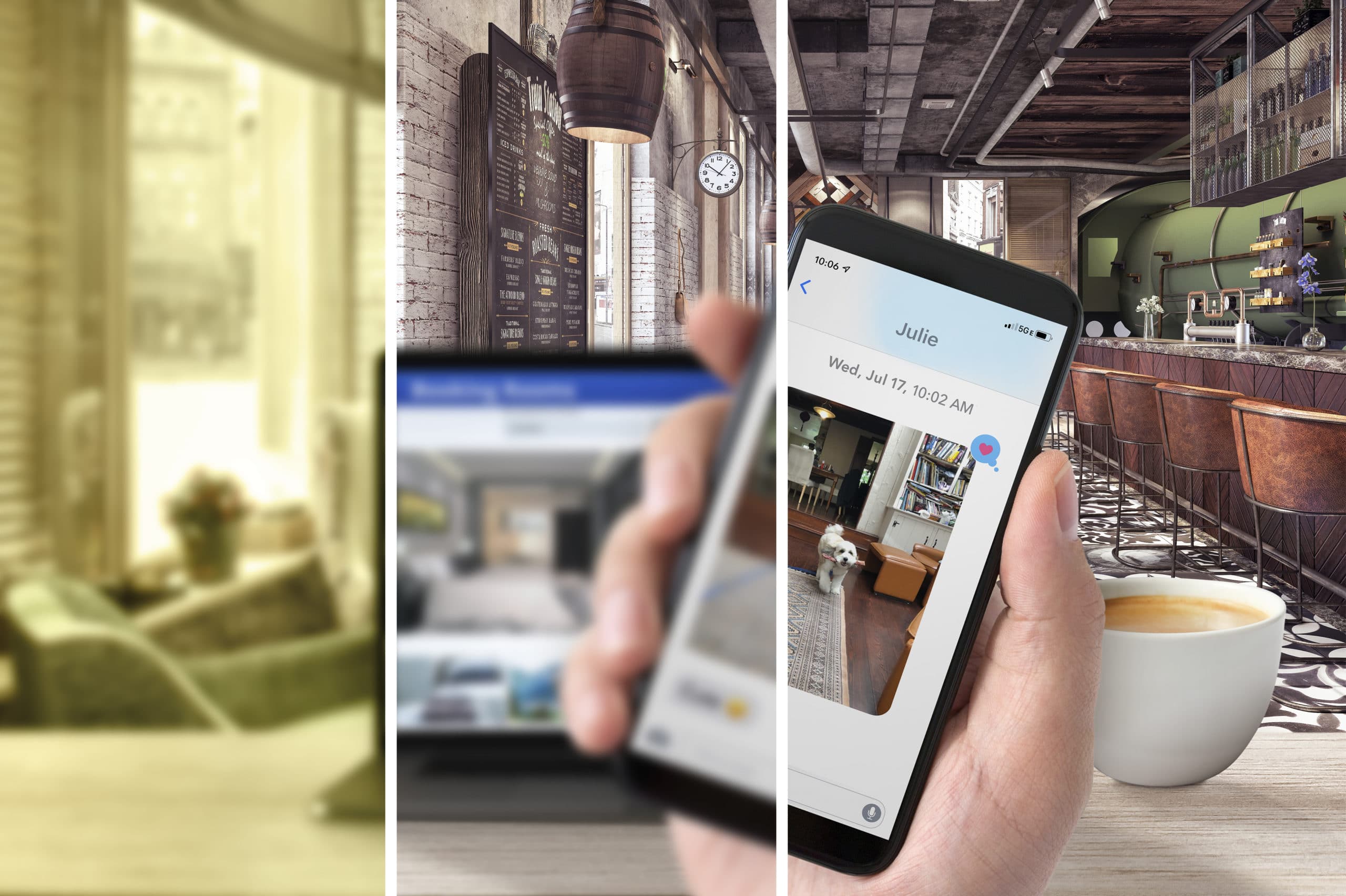
CATARACTS
Cloudy
MONOFOCAL LENS
Distance Only
PANOPTIX LENS
Distance and Details
A variety of IOLS are available to help patients achieve the best possible results from their laser cataract surgery. Multifocal IOLs allow for full vision correction at near, intermediate and far distances, often completely eliminating the need for eyeglasses or contact lenses. Some IOLs correct astigmatism, allowing patients with astigmatism to be free from the glasses they have had to use for a lifetime.

In short, laser cataract surgery is a modern miracle, curing patients of their cataracts while simultaneously being freed from their glasses. After cataract surgery, many patients are able to drive, attend sporting events and watch movies, as well as perform near tasks such as reading, computer work or crafts, without ever needing to pick up a pair of glasses again.
To learn more about Laser Cataract Surgery or to make an appointment, call us at 973-588-7005.
